Description
Two bathing nymphs by Francesco Albani printed on a T-Shirt
About the T-Shirt
Regular fit
Standard length, the fabric easily gives into movement
Casual wear
A classic, everyday option loved by our customers
Side-seamed
Constructed by sewing two parts together, creating a fitted look
The Unisex Staple T-Shirt feels soft and light with just the right amount of stretch. It’s comfortable and flattering for all. We can’t compliment this shirt enough–it’s one of our crowd favorites, and it’s sure to be your next favorite too!
- Solid colors are 100% Airlume combed and ring-spun cotton
- Ash color is 99% combed and ring-spun cotton, 1% polyester
- Heather colors are 52% combed and ring-spun cotton, 48% polyester
- Athletic and Black Heather are 90% combed and ring-spun cotton, 10% polyester
- Heather Prism colors are 99% combed and ring-spun cotton, 1% polyester
- Fabric weight: 4.2 oz./yd.² (142 g/m²)
- Pre-shrunk fabric
- 30 singles
- Side-seamed construction
- Tear-away label
- Shoulder-to-shoulder taping
- Blank product sourced from Nicaragua, Mexico, Honduras, or the US
Francesco Albani (1578 – 1660)
Francesco Albani or Albano was an Italian Baroque painter who was active in Bologna, Rome, Viterbo, Mantova and Florence.
Albani was born in Bologna, Italy in 1578. His father was a silk merchant who intended him to go into his own trade. By the age of twelve, however, he had become an apprentice to the competent mannerist painter Denis Calvaert, in whose studio he met Guido Reni. He soon followed Reni to the so-called “Academy” run by Annibale, Agostino, and Ludovico Carracci. This studio fostered the careers of many painters of the Bolognese school, including Domenichino, Massari, Viola, Lanfranco, Giovanni Francesco Grimaldi, Pietro Faccini, Remigio Cantagallina, and Reni.
In 1600, Albani moved to Rome to work on the fresco decoration of the gallery of the Palazzo Farnese, which was being completed by the studio of Annibale Carracci. At this time, Rome, under Clement VIII Aldobrandini (1592–1605) was exhibiting some degree of administrative stability and renewed artistic patronage. While Pope Clement had been born into a Florentine family resident in Urbino, his family was allied by marriage to the Emilia-Romagna and the Farnese, since Ranuccio I Farnese, Duke of Parma had married Margherita Aldobrandini. Parma, like Bologna, being part of the Region of Emilia-Romagna, it was not surprising that Cardinal Odoardo Farnese, Ranuccio’s brother, chose to patronise the Carraccis from Bologna, thereby establishing Bolognese dominance of Roman fresco painting for nearly two decades.
Albani became one of Annibale’s most prominent apprentices. Using Annibale’s designs and assisted by Lanfranco and Sisto Badalocchio, Albani completed frescoes for the San Diego Chapel in San Giacomo degli Spagnoli between 1602 and 1607. In 1606–7, Albani completed the frescoes in the Palazzo Mattei di Giove in Rome. He later completed two other frescoes in the same palace, also on the theme of Life of Joseph.
In 1609, he completed the ceiling of a large hall with Fall of Phaeton and Council of the Gods for the Palazzo Giustiniani (now Palazzo Odescalchi) at Bassano (di Sutri) Romano. This work was commissioned by Vincenzo Giustiniani, also famous as a patron of Caravaggio.
During 1612–14, Albani completed the Choir frescoes at the church of Santa Maria della Pace which had just been remodelled by Pietro da Cortona. In 1616 he painted ceiling frescoes of Apollo and the Seasons at Palazzo Verospi in Via del Corso for the cardinal Fabrizio Verospi.
In his later years, Albani developed a mutual, though respectful, rivalry with the more successful Guido Reni, who was also heavily patronized by the Aldobrandini, and under whom Albani had worked under at the chapel of the Palazzo del Quirinale.
Albani’s best frescoes are those on mythological subjects. Among the best of his sacred subjects are a St Sebastian and an Assumption of the Virgin, both in the church of San Sebastiano fuori le Mura in Rome. He was among the Italian painters to devote himself to painting cabinet pictures. His mythological subjects include The Sleeping Venus, Diana in the Bath, Danaë Reclining, Galatea on the Sea, and Europa on the Bull. A rare etching, the Death of Dido, is attributed to him. Carlo Cignani, Andrea Sacchi, Francesco Mola, and Giovanni Francesco Grimaldi were among his students. Following the death of his wife he returned to Bologna, where he married a second time and lived until his death.
Albani never acquired the monumentality or tenebrism that was quaking the contemporary world of painters, and is often derided for his lyric, cherubim-filled sweetness, which often has not yet shaken the mannerist elegance. While Albani’s thematic would have appealed to Poussin, he lacked the Frenchman’s muscular drama. His style sometimes seems to have more in common with the decorative Rococo than with the painting of his own time.
Among his pupils were his brother Giovanni Battista Albani, and others including Giacinto Bellini, Girolamo Bonini, Giacinto Campagna, Antonio Catalani, Carlo Cignani, Giovanni Maria Galli, Filippo Menzani, Bartolommeo Morelli, Andrea Sacchi, Andrea Sghizzi, Giovanni Battista Speranza, Antonio Maria del Sole, Emilio Taruffi, and Francesco Vaccaro.

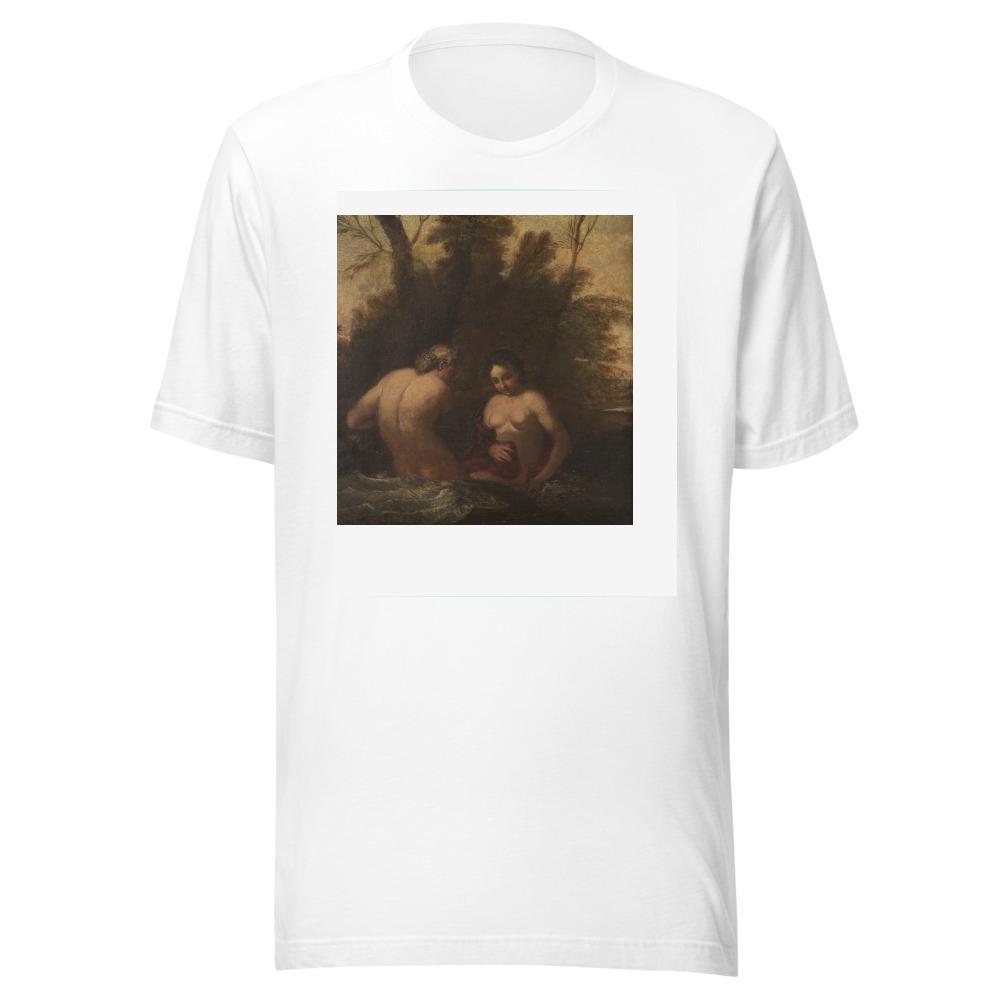
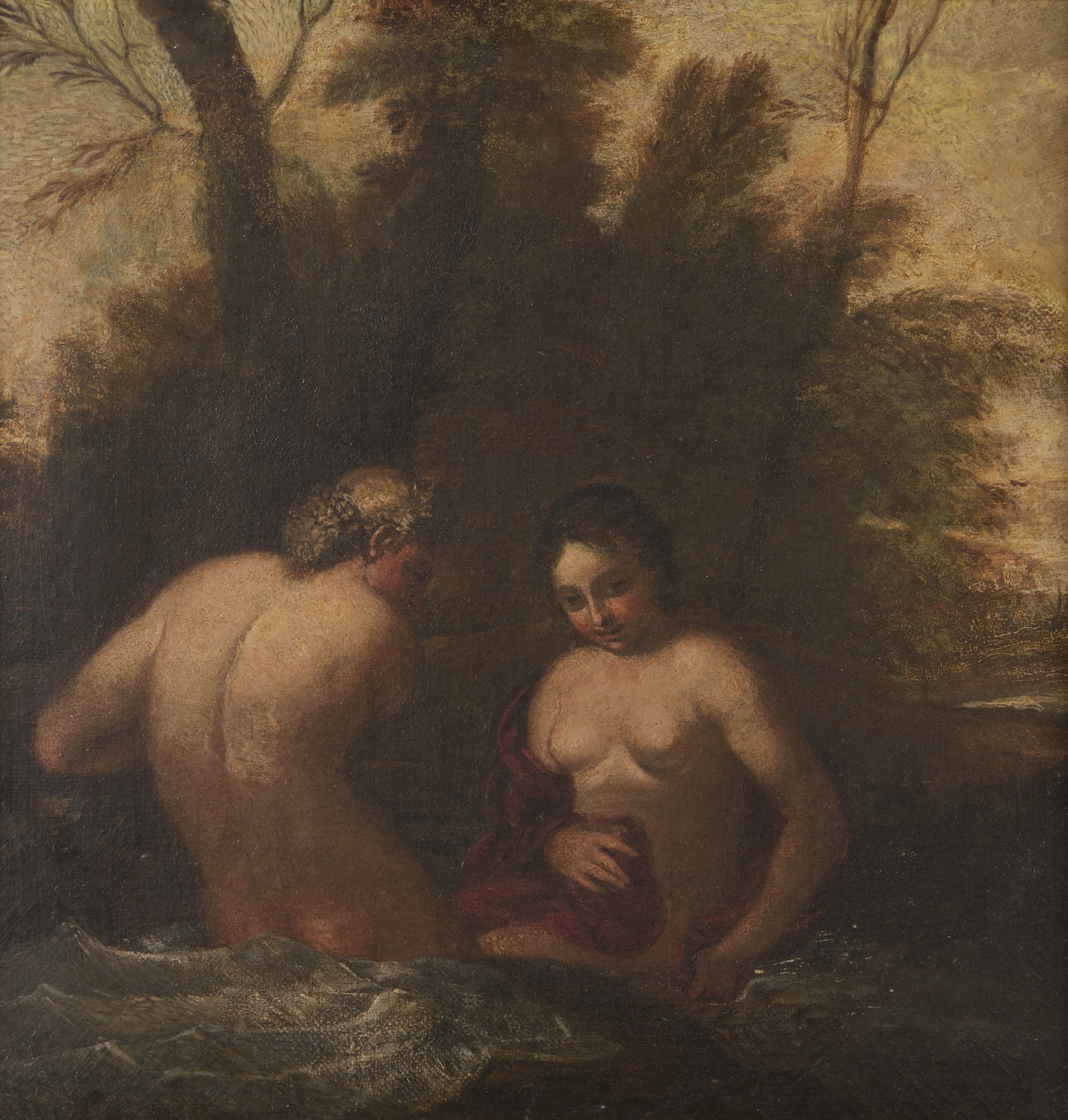
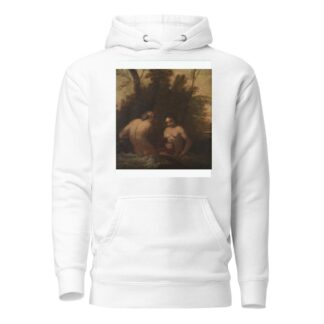
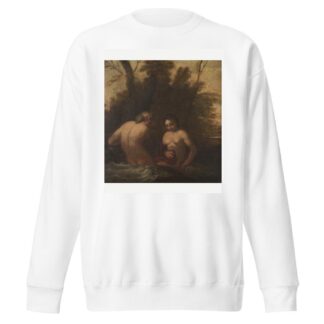
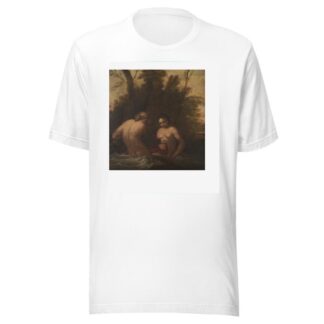
Reviews
There are no reviews yet.